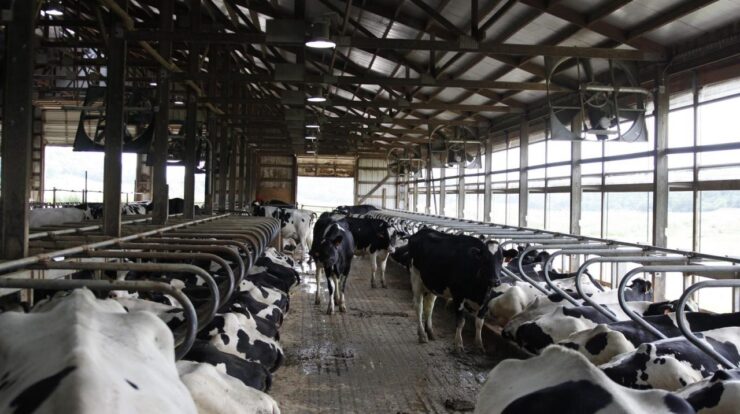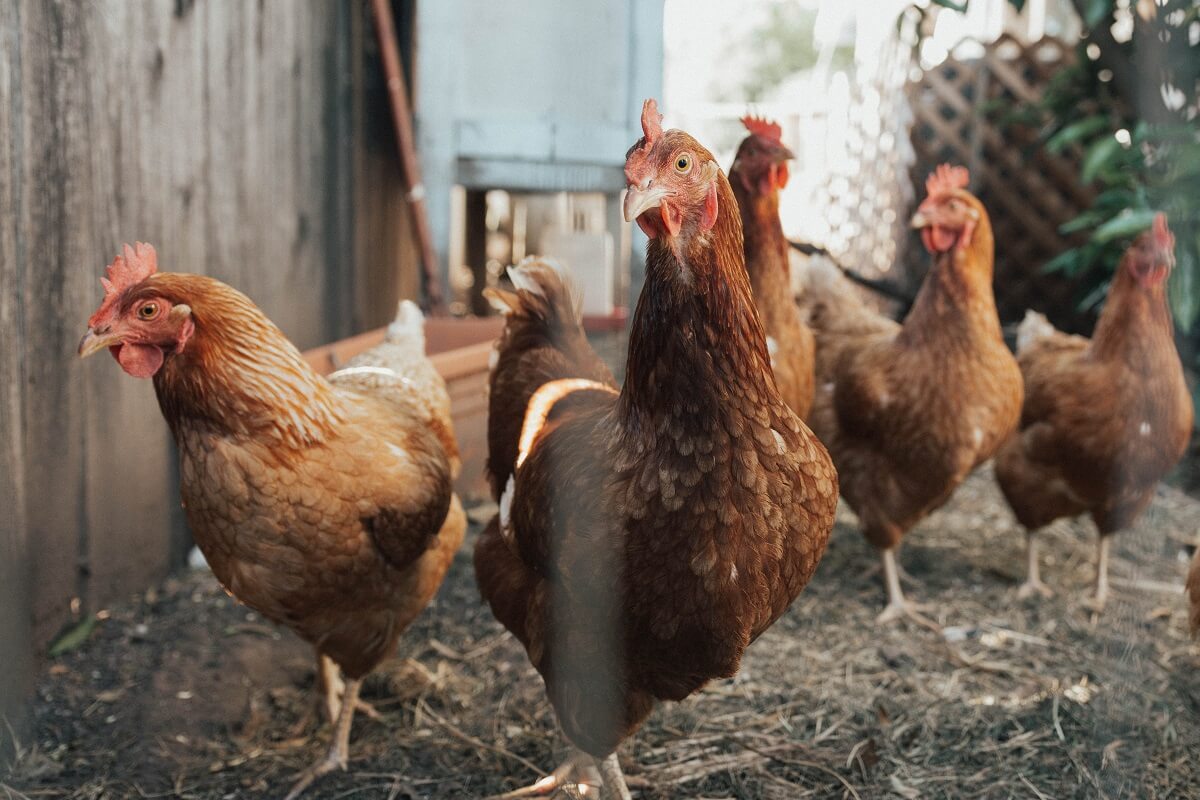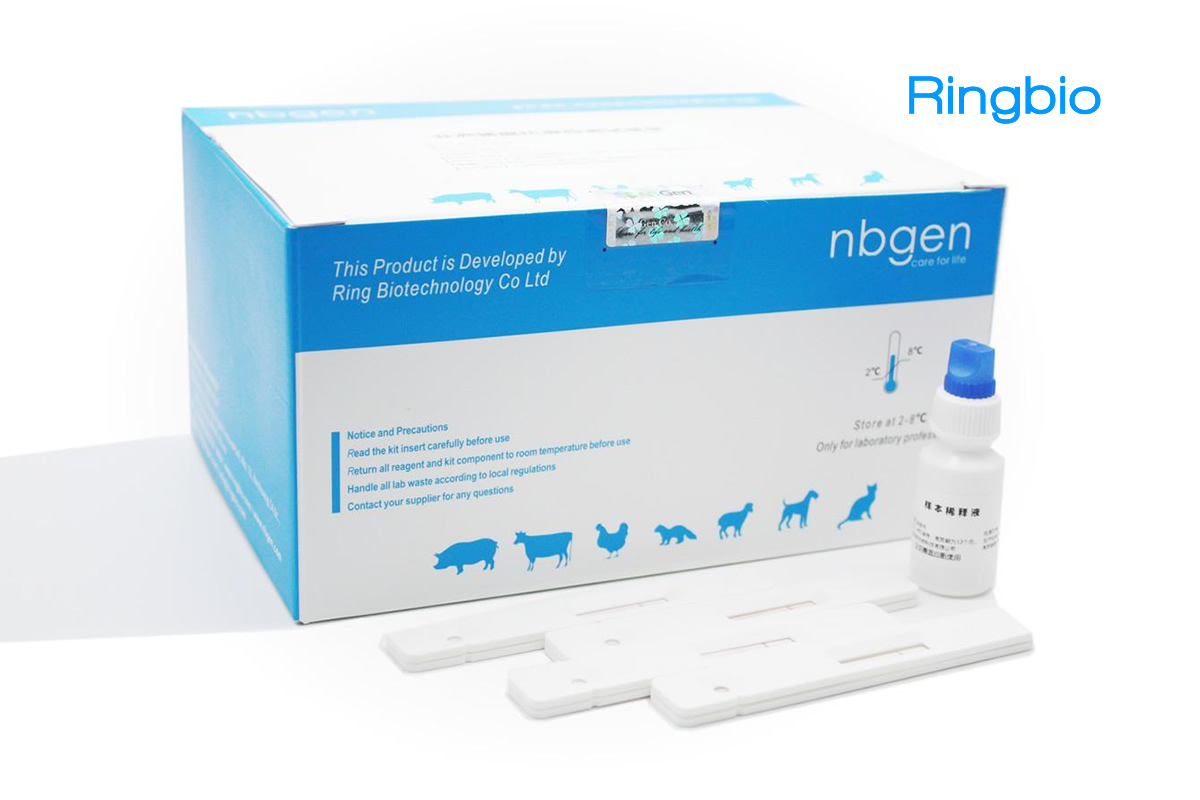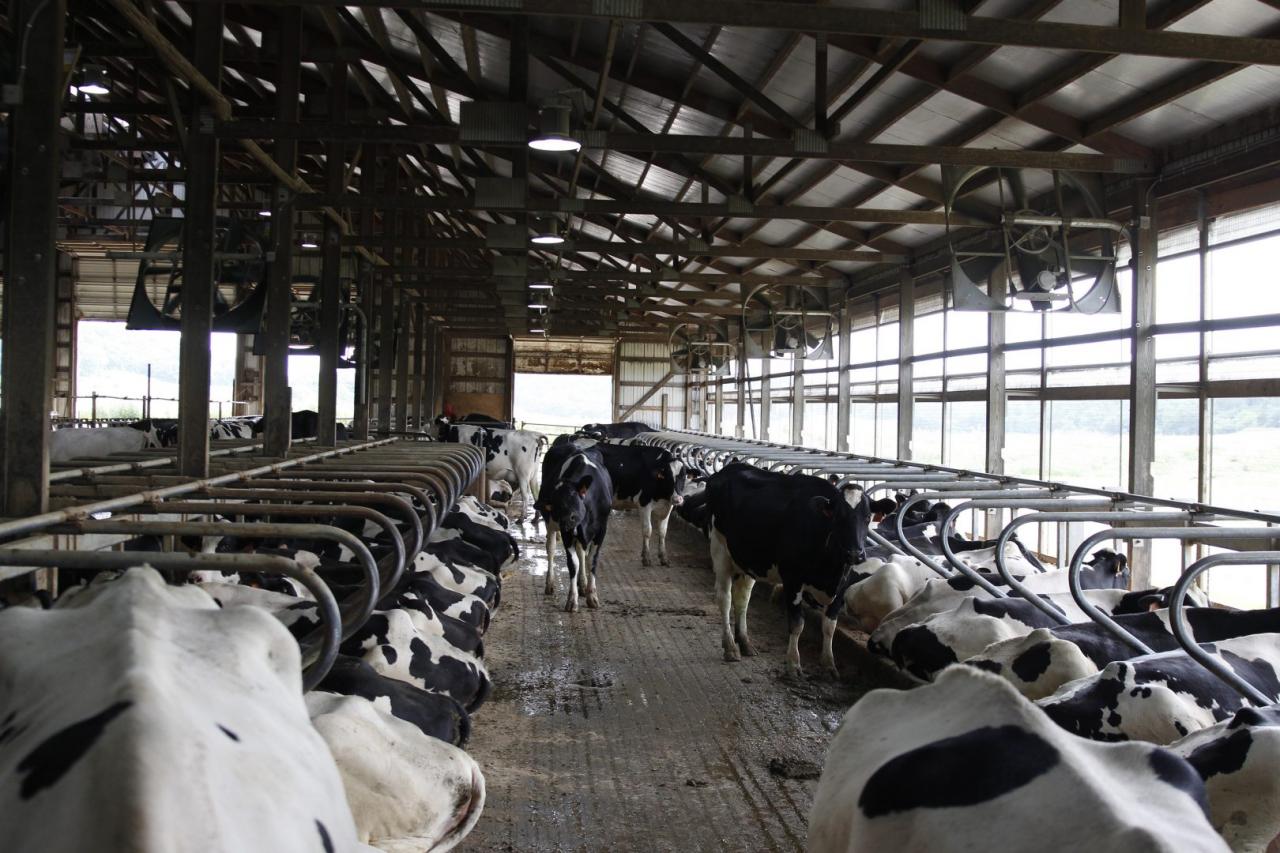
As H5N1, a highly pathogenic avian influenza virus, spreads rapidly among poultry, concerns arise about its potential transmission through milk. This article delves into the complexities of H5N1 in milk, exploring the risks, transmission routes, and preventive measures to ensure the safety of our food supply.
Understanding the potential risks and implementing stringent control measures are crucial to safeguarding public health and maintaining consumer confidence in milk and dairy products.
H5N1 in Milk: Transmission and Infection

H5N1, a highly pathogenic avian influenza virus, has been a significant concern in poultry farming and has recently raised questions about its potential transmission through milk. While there have been no reported cases of human infection with H5N1 from milk consumption, the potential for transmission and infection remains a topic of ongoing research and monitoring.
The virus is primarily transmitted through direct contact with infected birds or their bodily fluids. However, the possibility of indirect transmission through contaminated food products, including milk, cannot be entirely ruled out.
The virus can potentially enter the milk supply chain through infected dairy cows or other animals that come into contact with contaminated poultry or their excretions. Once in the milk, the virus could potentially survive and remain infectious for some time, depending on factors such as storage conditions and milk processing methods.
The likelihood of human infection from consuming milk contaminated with H5N1 is considered low, but not zero. The virus would need to be present in the milk in sufficient quantities and remain infectious after processing and storage. Additionally, the consumer would need to ingest a significant amount of contaminated milk to be at risk of infection.
There have been no reported cases of human infection with H5N1 linked to milk consumption. However, the ongoing outbreaks of H5N1 in poultry worldwide highlight the need for continued surveillance and monitoring to detect any potential transmission through milk or other food products.
Impact on Milk Production and Consumption

Outbreaks of H5N1 in poultry can have significant economic consequences for the dairy industry. Infected birds must be culled to prevent the spread of the virus, leading to a reduction in milk production.
Furthermore, H5N1 outbreaks can damage consumer confidence in milk and dairy products, leading to a decline in demand and sales. This can have a negative impact on the livelihoods of dairy farmers and the overall dairy industry.
Outbreaks of H5N1 can also disrupt milk supply chains and distribution networks. Infected farms may be placed under quarantine, restricting the movement of milk and dairy products. This can lead to shortages and price increases for consumers.
Surveillance and Monitoring
Monitoring and detecting H5N1 in milk is essential to prevent human infection and protect the dairy industry. Veterinary and public health authorities play a crucial role in surveillance and response to H5N1 outbreaks in dairy animals.
Surveillance involves regular testing of milk samples from dairy farms and processing plants. The samples are tested for the presence of H5N1 using laboratory methods such as polymerase chain reaction (PCR) or virus isolation.
In the event of an H5N1 outbreak in a dairy herd, rapid response measures are implemented to contain the virus and prevent its spread. This may involve quarantine of the infected farm, movement restrictions, and culling of infected animals.
Challenges in detecting and controlling H5N1 in milk include the potential for the virus to mutate and evade detection methods. Additionally, the virus can be present in low levels in milk, making it difficult to detect.
Prevention and Control Measures

Minimizing the risk of H5N1 contamination in milk requires a comprehensive approach involving preventive measures on dairy farms, vaccination, and antiviral treatments.
- Biosecurity practices: Dairy farms should implement strict biosecurity measures to prevent the introduction of H5N1 from wild birds or other animals. This includes measures such as restricting access to the farm, using protective clothing and equipment, and maintaining good hygiene practices.
- Vaccination: Vaccination of poultry against H5N1 can help reduce the risk of outbreaks and the shedding of the virus in infected birds. However, vaccination does not guarantee complete protection, and vaccinated birds may still carry and transmit the virus.
- Antiviral treatments: Antiviral drugs can be used to treat H5N1 infections in poultry and reduce the shedding of the virus. This can help prevent the spread of the virus within a flock and reduce the risk of contamination of milk.
Public Health Implications
The potential public health risks associated with H5N1 in milk are primarily related to the possibility of human infection. While the likelihood of infection is considered low, it is not zero.
Human infection with H5N1 can range from mild respiratory symptoms to severe pneumonia and even death. The virus can also mutate and adapt to humans, potentially leading to a more transmissible and virulent form.
Consumer education and awareness about the potential risks and preventive measures are crucial. Consumers should be informed about the importance of consuming milk and dairy products from reputable sources and following safe food handling practices.
Regulatory agencies have a responsibility to ensure the safety of milk and dairy products from H5N1 contamination. This involves setting and enforcing standards for milk production, processing, and distribution, as well as conducting regular inspections and monitoring.
Closing Summary: H5n1 In Milk
H5N1 in milk poses a complex challenge that requires collaboration between health authorities, the dairy industry, and consumers. By implementing comprehensive prevention strategies, monitoring systems, and consumer education campaigns, we can effectively mitigate the risks and ensure the safety of our milk supply.
Continued vigilance and research are essential to stay ahead of emerging threats and protect both animal and human health.






